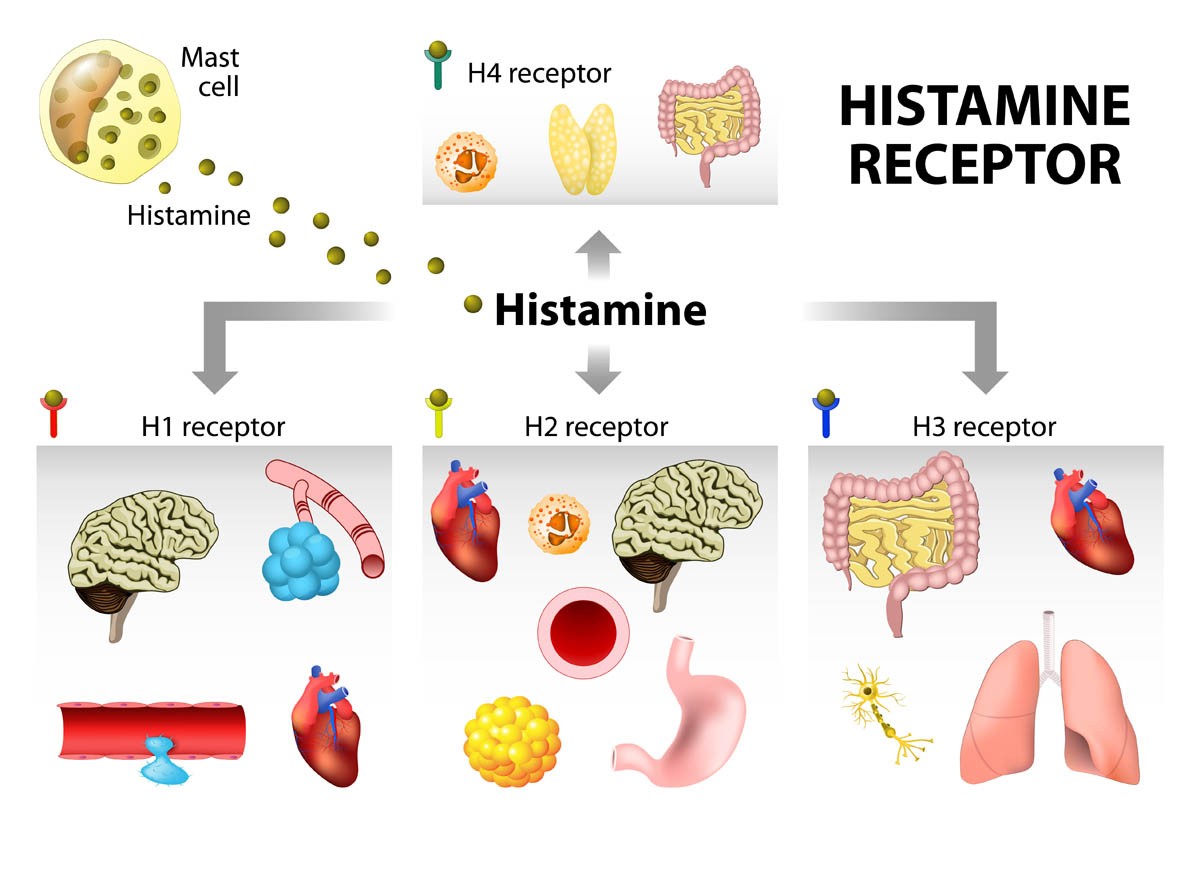Benadryl a glance
|
How Benadryl is used for cats
With the help of your veterinarian, Benadryl can be used to help your cat with:
- Allergies
- Insect bites and stings
- Rashes
- Motion sickness
- Nasal congestion
- Mast cell tumours
- Vaccine or blood transfusion reaction
Is Benadryl safe for cats?
Yes, under the guidance of a veterinarian, Benadryl is a safe medication with few side effects. Please refer to the dosage chart below and talk to your veterinarian to determine the best dose for your cat.
Benadryl for cats – dosage chart
1 milligram (mg) per pound, or 2 mg per kilo, twice a day. Below is a dosage chart for cats by weight (in pounds or kilograms):

Always check with your veterinarian before giving any medications to your cat and check the packaging to determine the strength of the medication.
Is there a Benadryl brand made for cats?
There is no specific cat Benadryl; the medication for cats is the same as the medication for people and is available from any chemist. There may be generic versions of Benadryl (which is a registered trademark of Johnson and Johnson). Make sure the only active ingredient is diphenhydramine hydrochloride as some preparations may also contain more than one active ingredient which can lead to severe poisoning in cats.
Side effects in cats
All medications have potential side effects, the most commonly seen adverse effects are CNS depression (lethargy) and anticholinergic effects (urinary retention and dry mouth). Less common side effects include:
- Dilated pupils
- Foaming at the mouth, due to the bitter taste
- Vomiting
- Diarrhea
- Hyperexcitability
- Loss of appetite
If your cat experiences any of the following, contact your veterinarian for advice. Do not give Benadryl to cats who are allergic to diphenhydramine hydrochloride.
Drug interactions
Benadryl may react with the following medications:
- Selegiline
- Epinephrine
- Heparin sodium or calcium
- Warfarin sodium
- Amitraz
- Furazolidone
Contraindications
Do not give Benadryl to cats with the following conditions:
- Glaucoma
- Liver disease
- Kidney disease
- Heart disease
- Hyperthyroidism
- High blood pressure
In humans, Benadryl has been categorised as a category B drug by the FDA which means it is safe to use in pregnancy, but it is always important to check with your veterinarian before administering Benadryl to a pregnant or lactating cat.
How is Benadryl supplied?
Benadryl is available as a tablet, oral liquid or injectable (read our article about liquid benadryl).
- Oral tablets: 10 mg, 12.5 mg, 25 mg, 50 mg.
- Oral liquid: 12.5 mg per 5ml.
- Injectable: 50 mg per millilitre.
Overdose
Seek immediate veterinary attention if you suspect your cat has had too much Benadryl.
Frequently asked questions
How long does it take Benadryl to work? Benadryl is a fast-acting medication and usually takes effect within 30 minutes.
My cat is foaming at the mouth after Benadryl. What should I do? Benadryl is bitter tasting and foaming at the mouth is common after administration. Offer the cat a drink of water or a tasty treat to help get rid of the taste.
Can Benadryl kill a cat? Yes, it is possible if the cat receives a dose higher than the recommended dose if the cat has an allergic reaction to diphenhydramine hydrochloride or in cats with underlying medical conditions which contraindicate its use.
It is always recommended that pet owners speak to a veterinarian before administering any over-the-counter or non-prescribed medication.
Print or download Download Benadryl dosage chart for cats
What is Benadryl?
Benadryl (diphenhydramine hydrochloride) is a first-generation antihistamine that blocks the effects of histamine by preventing it from attaching to H1 receptors on the small blood vessels and smooth muscles. Histamine is a chemical compound released by mast cells which are responsible for many allergy symptoms.


